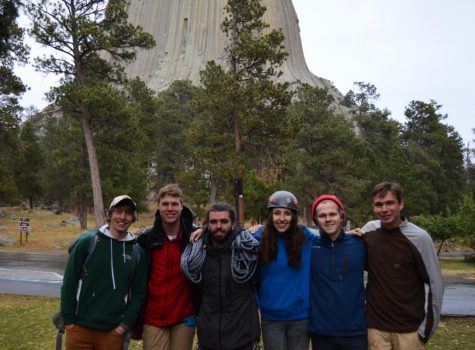Saving Energy During Daylight Davings Time
Springing clocks forward can create the illusion of losing an hour of sleep. However, that hour is returned the first Sunday of November when your clock falls back. This creates one more hour of daylight in the evening versus in the morning.
Countries closer to the equator do not participate in daylight savings time as they are already getting 12 hours of daylight. Due to the evenness, some of these areas do not participate in daylight savings time. However, for places with less even schedules, moving this one-hour from the morning to the evening saves a considerable amount of energy. Changing the clocks also allows us to get more use of the daylight hours.
According to www.webexhibits.org, Benjamin Franklin was the first to have the idea of changing the time. The scheme however, was first advocated by London builder, William Whillet in 1907. Currently nearly 70 Countries participate in daylight savings time, although not all of them change at the same time as the United States. Dates for daylight savings time may change depending on the country’s location.
Some studies show that daylight savings time does not only conserve energy, it also reduces the risk of crime and automobile accidents. However recent studies contradict. They show that after going back to standard time, accidents are likely to increase at dark. The time change has an affect on drivers at night as they are used to being able to see clearer at that time of day. Also at standard time change walkers automatically become 3 times more likely to get hit by a car.
Daylight savings time has both positive and negative aspects. Energy is conserved and crime rates drop during the evenings. On the other hand when we return back to standard time everything rises once more. The catch is it only increases for a small period of time. After it changes back to standard time, people once again adapt.












